 |
 |
 |
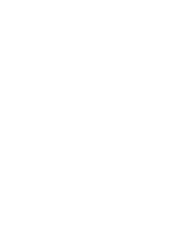
|
Evening Gown, 1937,
Edith Head,
worn by Betty Grable
|
|
 |
HOLLYWOOD GLAMOUR: FASHION AND JEWELRY FROM THE SILVER SCREEN
Hollywood Glamour: Fashion and Jewelry from the Silver Screen
9/9/2014-8/3/2015
Dripping with diamonds and shimmering in satin, stars from Hollywood’s golden era wore luxurious fashions that epitomized on-screen style in the 1930s and 1940s—the most glamorous years of Hollywood film. Debuting at the Museum of Fine Arts, Boston (MFA), on September 9, 2014, Hollywood Glamour: Fashion and Jewelry from the Silver Screen focuses on how jewelry and clothing contributed to the iconic style of several major stars of the period, including Gloria Swanson, Anna May Wong, Greta Garbo, Marlene Dietrich, Mae West and Joan Crawford. Featured will be luxurious gowns by designers including Travis Banton, Adrian, and Chanel, alongside exquisite jewelry by Trabert & Hoeffer-Mauboussin and Paul Flato, some of which were worn by the legendary actresses. In addition to fashion and jewelry, the exhibition will also feature photography by Edward Steichen, a “silver screen” playing highlights from famous films—such as Dietrich’s Desire (1936)—and set and costume designs from a number of iconic movies from the era.
|

|
Posted 14 November 2014
|
Share this:
|
|
On view through March 8, 2015 in the Loring Gallery, the exhibition is primarily drawn from the MFA’s collection along with loans from other museums, institutions and private collections—including celebrated Hollywood jewelry designer, Neil Lane. Timed to coincide with Hollywood Glamour, a special installation in the Sharf Visitor Center will feature 20 photographs by Yousuf Karsh (1908–2002) depicting some of the biggest stars of the day, including Clark Gable, Audrey Hepburn and Alfred Hitchcock. Hollywood Glamour is sponsored by Neil Lane Jewelry. Additional support from the David and Roberta Logie Fund for Textile and Fashion Arts and the Loring Textile Gallery Exhibition Fund.
|
|
|
|
|

|

|

|
Co-curators Michelle Finamore, Penny Vinik Curator of Fashion Arts, and Emily Stoehrer, Rita J. Kaplan and Susan B. Kaplan Curator of Jewelry, have brought together 52 works representing the golden age of Hollywood film—an international cultural phenomenon by the early 1930s. Although costume designers of the era often took their cues from European high style, they transformed those contemporary fashions into a uniquely American image of silver-screen fantasy. A number of Trabert & Hoeffer-Mauboussin jewels on view in the exhibition were recently donated to the Museum by Jean and Frederic Sharf. The gift also included an extensive archive of drawings, which help tell the story of the legendary jewelry firm in the new MFA publication, The Jewels of Trabert & Hoeffer-Mauboussin. Additional works in the exhibition are on loan from the collection of jewelry designer Neil Lane. Designers like Travis Banton, Gilbert Adrian and Edith Head are represented by gowns that were like jewels in dress form, employing sparkling beadwork, shimmering satins and reflective lamés to great effect.
|
|
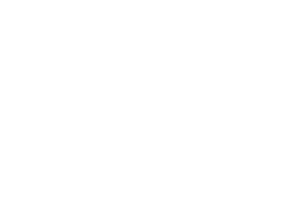
Jewelry designer Neil Lane with (L) Michelle Finamore, Penny Vinik Curator of Fashion Arts, and Emily Stoehrer, Rita J. and Susan B. Kaplan Curator of Jewelry, at the Museum of Fine Arts, Boston
|
|
|
|
|
|
|
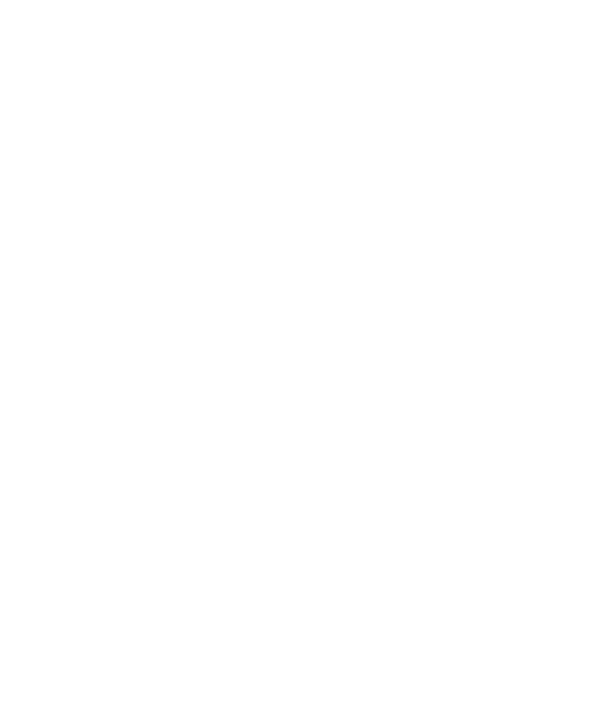
Flower bracelet, late 1930s,
Paul Flato
|
|
|
|

|

|

|
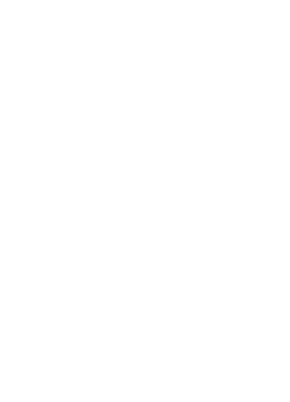
Joan Crawford, 1932 (In the Studio),
negative 1932, printed 1984-5, Edward Steichen
|
|
“The sumptuous dresses in the exhibition illustrate how fashion was an ideal expression of Hollywood’s distinctive brand of escapist fantasy. Fabrics such as metallic lamé woven with real gold and silver enhanced starlets’ otherworldly aura—offering the movie viewer a taste of supreme luxury for the price of a movie ticket,” said Finamore.
Stars such as Mae West and Gloria Swanson defined the styles of the era. A case of fashion items dedicated to the two actresses explores their signature styles, including West’s platinum and diamond-studded Bracelet from the 1930s. Outspoken and notorious for her double entendres, West’s outsized screen persona belied her petite size (she stood just five-feet tall). To appear taller, she wore specially designed Platform shoes (1945–1950, probably designed by Pepenie) that added 8.5 inches to her height. Her foot rested in the upper, white portion of the shoe, while the silver toes and heels peeked out from below West’s hemline.
|
|
|
|
|
|
Beyond the stars themselves, the exhibition also examines the key designers of the era. Travis Banton, who moved to Hollywood in 1925, designed costumes for more than 200 films and played a major role in the “construction” of Hollywood glamour. A silk satin Evening gown (1934) created for Anna May Wong in Limehouse Blues captures the elegance and simplicity of much of Banton’s work. The bias-cut slinkiness includes a subtle nod to Chinese embroidery, with multicolored flowers at the shoulders. The dress is accompanied by a Production design drawing (1934) from Robert Usher, depicting his vision of London’s Chinatown district. The set design featured Asian styling that corresponded to Banton’s Chinese-inspired costumes, and set the stage for the main character, played by Wong.
|
|
|
Hollywood fashions were also influenced by the technical needs of filming. Like satin and chiffon, lamé was a fabric of choice. The glittery surface, created with metal-wrapped threads in silver or gold, translated well onto black-and-white film. A lamé Evening Gown (1937) designed by Edith Head and worn by Betty Grable in the film This Way Please (1937), enrobes the star’s body in sensual, reflective light. On a practical level, with the advent of sound in the late 1920s, lamé, satin and chiffon were better than a rustling taffeta, as they did not produce noise that could be picked up by sensitive microphones. The idea that one could purchase the dream-like dresses seen on the Hollywood screen became a reality when costume designers, including Howard Greer, Adrian and Banton, left the film studios to start their own fashion lines. Greer worked on a contractual basis for the studios, but opened his own dress shop as early as 1927, and found success in blurring the line between on- and off-screen fashions. A 1940s Gown by Greer—recently acquired by the MFA—includes touches of silver-screen glamour such as a sparkling, beaded top and a flowing skirt.
|
|

|

|

|
The jewelry worn during the 1930s and 1940s was characterized by bold, sculptural forms and highly polished gold surfaces. This was a dramatic departure from the flat, geometric style that dominated the early decades of the 20th century. This new “moderne” aesthetic was introduced in France, where it inspired designers from the American high-style firm Trabert & Hoeffer–Mauboussin, and several independent, avant-garde jewelers, including Paul Flato. When these jewelers discovered that the moderne style appealed to the Hollywood set, they opened shops in Los Angeles. Stars wore their jewels in movies and about town, creating an atmosphere of romance and desire.
“The jewelry worn by leading actresses, both on film and about town, not only bedazzled Hollywood fans but influenced American taste and style,” said Stoehrer.
Some of the jewels in the new moderne style of the 1930s and ’40s have a mechanical, machine-like appearance characterized by repeating shapes. A Suite of jewelry (about 1935) for Joan Crawford by the Parisian firm Verger Frères illustrates this avant-garde approach. Other designs have more fluid, dynamic compositions that are asymmetrical—such as the Flower bracelet (late 1930s, Paul Flato). French designer Suzanne Belperron had a wide stylistic range and is considered one of the most gifted jewelers of her day, using nontraditional materials in works such as Citrine necklace (1940s).
|
|
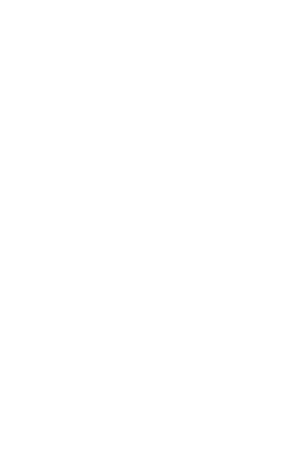
Evening Gown, 1937,
Edith Head,
worn by Betty Grable
|
|
|
|

|

|

|
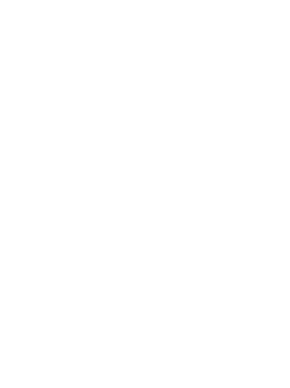
Dress, 1926, House of Chanel, worn by Ina Claire
|
|
From 1936 to 1953, the collaborative effort of Trabert & Hoeffer, Inc. and the Parisian house Mauboussin produced some the most extraordinary high-style jewels of the time. Claudette Colbert, Marlene Dietrich and many other Hollywood stars flashed the firm’s historic gems, which were mounted in diamond-studded platinum settings. Pieces such as the long, Multi-use necklace (late 1930s, Designed by Trabert & Hoeffer, Inc.–Mauboussin), were a favorite style of on-screen jewel. These versatile ornaments could be taken apart to create separate bracelets, brooches, dress clips and rings. Trabert & Hoeffer–Mauboussin also marketed more affordable gold jewelry as part of their “Reflection” series. Pieces such as the Reflection bangle (about 1940) were made of cast parts that could be customized according the client’s wishes.
The fashion and jewelry in the exhibition are accompanied by a number of photographs and works on paper that illustrate this glamorous period. Edward Steichen, one of the foremost photographers of his day, captured many of the era’s biggest stars, including Gloria Swanson (1927) and Joan Crawford (1932). Additional Costume designs by Banton for Marlene Dietrich’s dress in Desire (1936) are on loan from the Academy of Motion Picture Arts and Sciences' Costume design drawing collection.
Complementing Hollywood Glamour is the exhibition, Karsh Goes Hollywood (September 9, 2014–March 8, 2015), which includes 20 photographs by Yousuf Karsh from the 1940s through the 1960s. An array of celebrity sitters posed for the legendary photographer during his life-long career, including many from Hollywood’s Golden Age. Photographed in their prime, images that transcend time include portraits of Elizabeth Taylor (1946), Grace Kelly (1956) and Lauren Bacall (1966).
The Museum of Fine Arts, Boston (MFA), is recognized for the quality and scope of its collection, which includes an estimated 500,000 objects. The Museum has more than 140 galleries displaying its encyclopedic collection, which includes Art of the Americas; Art of Europe; Contemporary Art; Art of Asia, Oceania, and Africa; Art of the Ancient World; Prints, Drawings, and Photographs; Textile and Fashion Arts; and Musical Instruments. Open seven days a week, the MFA’s hours are Saturday through Tuesday, 10 am–4:45 pm; and Wednesday through Friday, 10 am–9:45 pm Admission (which includes one repeat visit within 10 days) is $25 for adults and $23 for seniors and students age 18 and older, and includes entry to all galleries and special exhibitions. Admission is free for University Members and youths age 17 and younger on weekdays after 3 pm, weekends, and Boston Public Schools holidays; otherwise $10. Wednesday nights after 4 pm admission is by voluntary contribution (suggested donation $25). MFA Members are always admitted for free. The Museum’s mobile MFA Guide is available at ticket desks and the Sharf Visitor Center for $5, members; $6, non-members; and $4, youths. The Museum is closed on New Year’s Day, Patriots’ Day, Independence Day, Thanksgiving, and Christmas. For more information, visit mfa.org or call 617.267.9300. The MFA is located on the Avenue of the Arts at 465 Huntington Avenue, Boston, MA 02115.
Museum of Fine Arts
Avenue of the Arts
465 Huntington Avenue
Boston, Massachusetts 02115, USA
+1 (617) 267-9300
http://www.mfa.org
|
|
|
|
|
|
|
|
|
|


